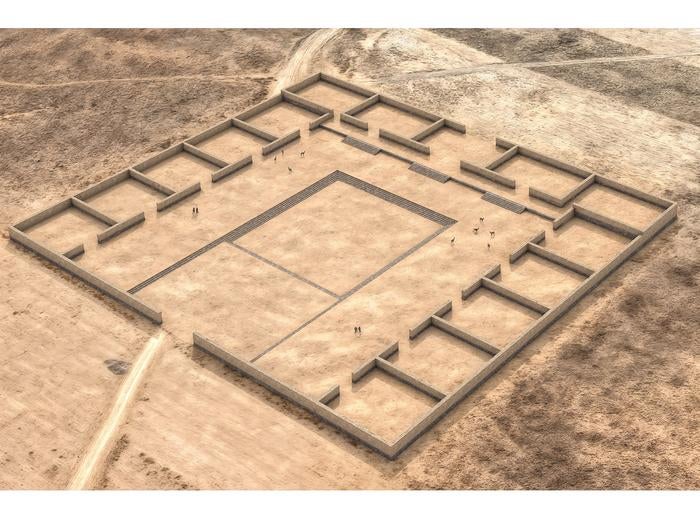Ancient temple ruins discovered in Andes pull back curtain on lost society after 1,000 years
The Tiwanaku society thrived around the highest navigable lake in the world – before their mysterious disappearance
Julia Musto
in New York
Wednesday 25 June 2025 15:38 EDT
Archaeologists have discovered the ruins of an ancient South American temple they say has helped pull back the curtain on the workings of its enigmatic Andean civilization.
Known as the Tiwanaku, the society lived in modern-day Bolivia near the southern shores of Lake Titicaca – the highest navigable lake in the world – before their mysterious disappearance more than 1,000 years ago.
People had first started to live in the region around 10,000 years ago, according to University of California at Berkeley archaeologist Dr. Nicola Sharratt. As many as 20,000 people came to reside in the area. Skilled stoneworkers, the Tiwanaku were widely considered to be a precursor of the Inca empire and one of the earliest examples of civilization in the Andes mountains.
“Their society collapsed sometime around 1,000 CE and was a ruin by the time the Incas conquered the Andes in the 15th century,” José Capriles, an associate professor of anthropology at Penn State University, said in a statement. “At its peak, it boasted a highly organized societal structure, leaving behind remnants of architectural monuments like pyramids, terraced temples and monoliths, most of which are distributed in sites around Lake Titicaca and, while we know Tiwanaku’s control and influence extended much further, scholars debate how much actual control over distant places it had.”
. . .

This image shows a digital reconstruction of an ancient South American temple recently discovered by a group of international archaeologists. The temple is known as Palaspata
José Capriles / Penn State
More:
https://www.the-independent.com/news/science/archaeology/ancient-andes-temple-ruins-b2776933.html
